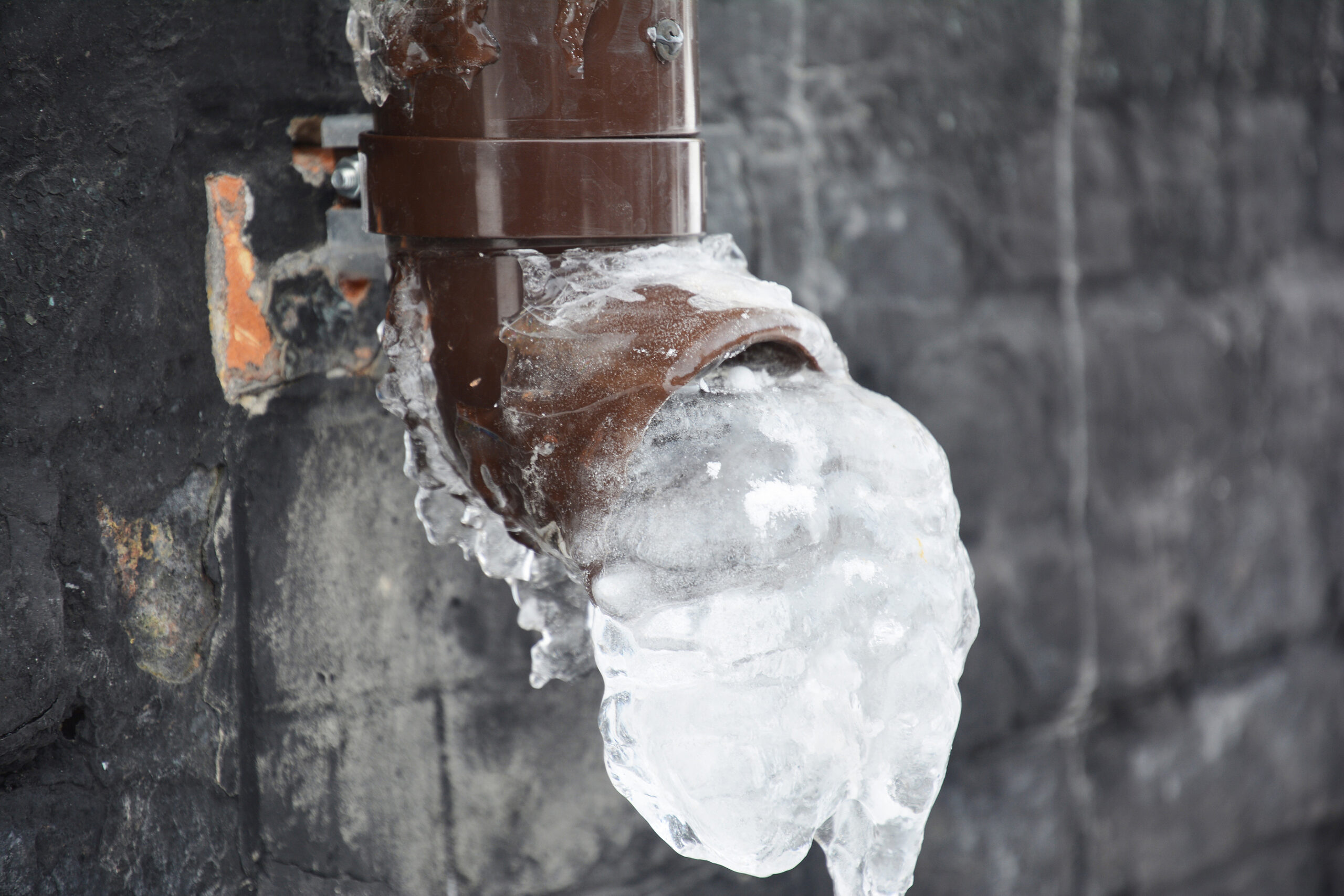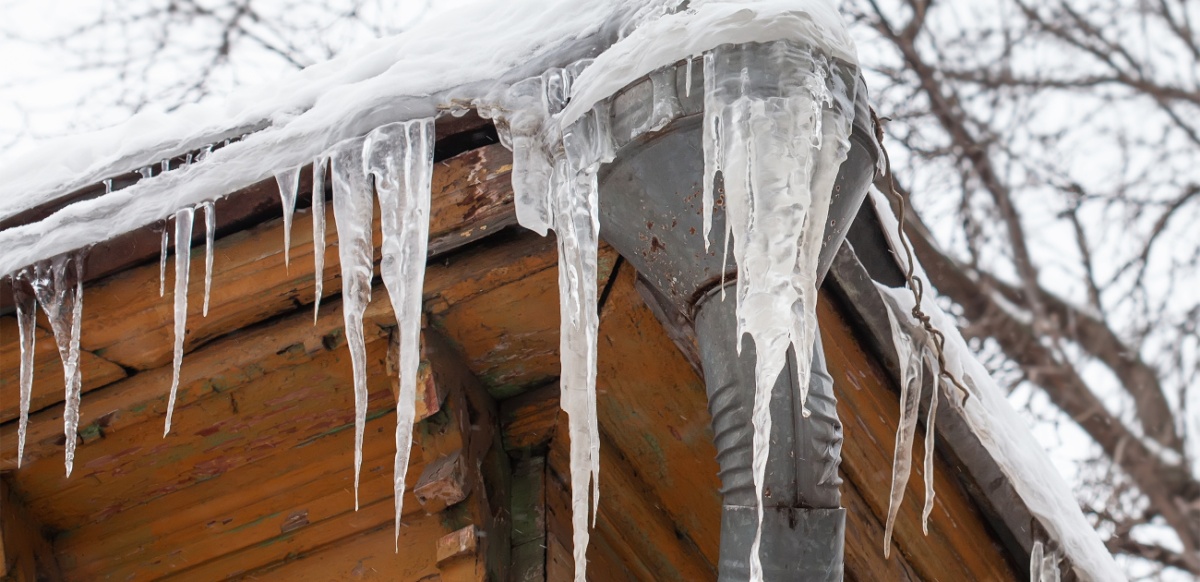Tips to Defend Your Plumbing from Freezing: Key Advice
Tips to Defend Your Plumbing from Freezing: Key Advice
Blog Article
This post down the page pertaining to How to Prevent Your Pipes From Freezing is really remarkable. Have a go and draw your own personal ideas.

Cold weather can wreak havoc on your pipes, especially by freezing pipelines. Below's how to avoid it from taking place and what to do if it does.
Intro
As temperature levels decline, the risk of frozen pipes boosts, possibly leading to expensive repair services and water damage. Recognizing just how to avoid icy pipelines is crucial for house owners in cool environments.
Avoidance Tips
Protecting susceptible pipes
Wrap pipelines in insulation sleeves or make use of heat tape to shield them from freezing temperatures. Concentrate on pipes in unheated or outside locations of the home.
Heating strategies
Maintain interior rooms effectively heated, particularly locations with pipes. Open cabinet doors to enable cozy air to flow around pipes under sinks.
How to determine icy pipelines
Try to find reduced water flow from taps, uncommon smells or sounds from pipelines, and noticeable frost on subjected pipes.
Long-Term Solutions
Structural modifications
Think about rerouting pipelines far from exterior walls or unheated areas. Include extra insulation to attic rooms, cellars, and crawl spaces.
Upgrading insulation
Purchase high-grade insulation for pipelines, attic rooms, and walls. Proper insulation aids maintain regular temperature levels and decreases the risk of icy pipelines.
Protecting Outside Plumbing
Yard hose pipes and exterior taps
Separate and drain yard pipes before winter months. Set up frost-proof spigots or cover exterior taps with protected caps.
Comprehending Icy Pipes
What triggers pipes to freeze?
Pipelines ice up when subjected to temperature levels below 32 ° F (0 ° C) for extended periods. As water inside the pipelines freezes, it expands, putting pressure on the pipe walls and possibly creating them to break.
Threats and problems
Frozen pipes can lead to water supply disturbances, property damages, and costly fixings. Ruptured pipelines can flood homes and cause extensive architectural damages.
Indications of Frozen Pipeline
Recognizing icy pipes early can stop them from rupturing.
What to Do If Your Pipes Freeze
Immediate activities to take
If you think icy pipes, maintain faucets open up to ease stress as the ice melts. Use a hairdryer or towels taken in hot water to thaw pipelines slowly.
Conclusion
Preventing icy pipes needs aggressive actions and quick reactions. By comprehending the causes, signs, and safety nets, property owners can protect their pipes during winter.
5 Ways to Prevent Frozen Pipes
Drain Outdoor Faucets and Disconnect Hoses
First, close the shut-off valve that controls the flow of water in the pipe to your outdoor faucet. Then, head outside to disconnect and drain your hose and open the outdoor faucet to allow the water to completely drain out of the line. Turn off the faucet when done. Finally, head back to the shut-off valve and drain the remaining water inside the pipe into a bucket or container. Additionally, if you have a home irrigation system, you should consider hiring an expert to clear the system of water each year.
Insulate Pipes
One of the best and most cost-effective methods for preventing frozen water pipes is to wrap your pipes with insulation. This is especially important for areas in your home that aren’t exposed to heat, such as an attic. We suggest using foam sleeves, which can typically be found at your local hardware store.
Keep Heat Running at 65
Your pipes are located inside your walls, and the temperature there is much colder than the rest of the house. To prevent your pipes from freezing, The Insurance Information Institute suggests that you keep your home heated to at least 65 degrees, even when traveling. You may want to invest in smart devices that can keep an eye on the temperature in your home while you’re away.
Leave Water Dripping
Moving water — even a small trickle — can prevent ice from forming inside your pipes. When freezing temps are imminent, start a drip of water from all faucets that serve exposed pipes. Leaving a few faucets running will also help relieve pressure inside the pipes and help prevent a rupture if the water inside freezes.
Open Cupboard Doors
Warm your kitchen and bathroom pipes by opening cupboards and vanities. You should also leave your interior doors ajar to help warm air circulate evenly throughout your home.

I recently found that blog post on Winter Plumbing Precautions: Preventing Frozen Pipes when doing a lookup on the search engines. Liked our posting? Please share it. Help somebody else locate it. I love reading our article about How To Avoid Freezing Pipes.
Contact Us Now Report this page